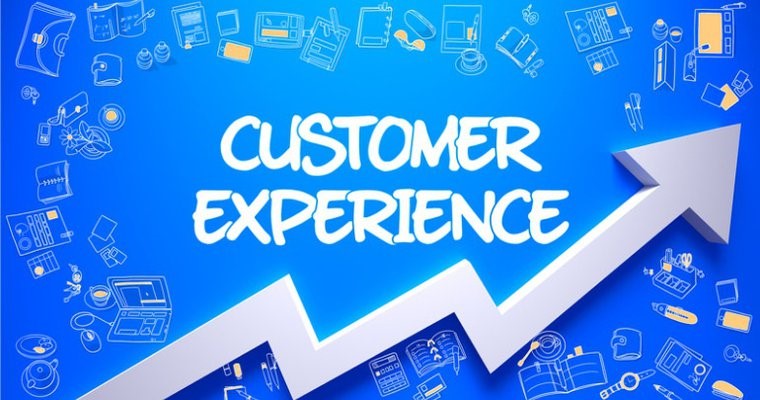
There’s been a lot of talk lately in the service industry about delivering Customer Experience or more affectionately referred to as CX. But, what does it mean when it boils down to the execution and delivery of this intention? What are the areas one has to consider to execute this challenging manoeuvre flawlessly?
The customer experience can be divided into five broad categories, and these categories define your organization’s customer experience delivery. An initiative that has to be designed abides your processes and policies, thus rendering it unique to your organization.
The Five broad categories are:
1. Physical Environment
2. Emotional Stimulus
3. Intellectual Challenges
4. Behavioural Expression
5. Connections
Below are clarifications of each category and a sample of accompanying questions that you may want to consider the answers to.
1. Physical Environment
These experiences occur when the senses absorb the customer interactions; Sight, Sound, Taste, Touch and Smell. Beware though of the customers’ eerie sixth sense: the sense of bad service.
Questions to consider:
- Are my storefront customer touchpoints comfortable?
- Is there adequate signage to indicate the various services available?
- How is access to these locations? E.g. abundance of parking, ease of access
2. Emotional Stimulus
These experiences result when the interaction impacts feelings, e.g., Anger, Unhappiness, Worry, Fear or Excitement.
Questions to consider:
- Is there anything within your control that may have caused the customer to be irate before walking into your store?
- Did the customer become frustrated because they had to wait so long before being waited on?
- Are the front-line staff trained to understand and be sensitive to the needs and feelings of customers they interact with?
3. Intellectual Challenges
These experiences are the response to interactions that causes a customer to pause and think, e.g. What is it? How does it work?
Questions to consider:
- Have you paid enough attention to educating the customer on your product?
- Did the advertising campaign create questions about a product’s possible applications?
- Did you overestimate customers’ knowledge and provided inadequate information?
4. Behavioural Expression
These experiences occur when the interactions entice one to change one’s actions, e.g. move locations, change channels or alter routine.
Questions to consider:
- Do your essential services require the customer to conduct the interaction at another location/ branch?
- Do customers have to move about various counters or offices to complete their transactions?
- What are the most common transactions that have resulted in customers going to another location/ branch?
5. Connections
These experiences result when interactions connect one to a group, e.g., Loyalty programs, Group membership, Social categorization.
Questions to consider:
- Is there a special counter or staff dedicated to serving high-value customers?
- Do you have some form of customer loyalty program? E.g. membership and clubs?
- Do the rewards and incentives match the need of these customers? What is the utilization rate of these privileges?
A thorough consideration of the categories above will provide you with the initial understanding of creating a distinct customer experience unique to your organization. However, failing to do so in the current competitive environment will result in dire consequences. Therefore, I want to close this short piece with one additional consideration; What is the level of understanding amongst the all-crucial front-line staff of delivering an enjoyable customer experience?


